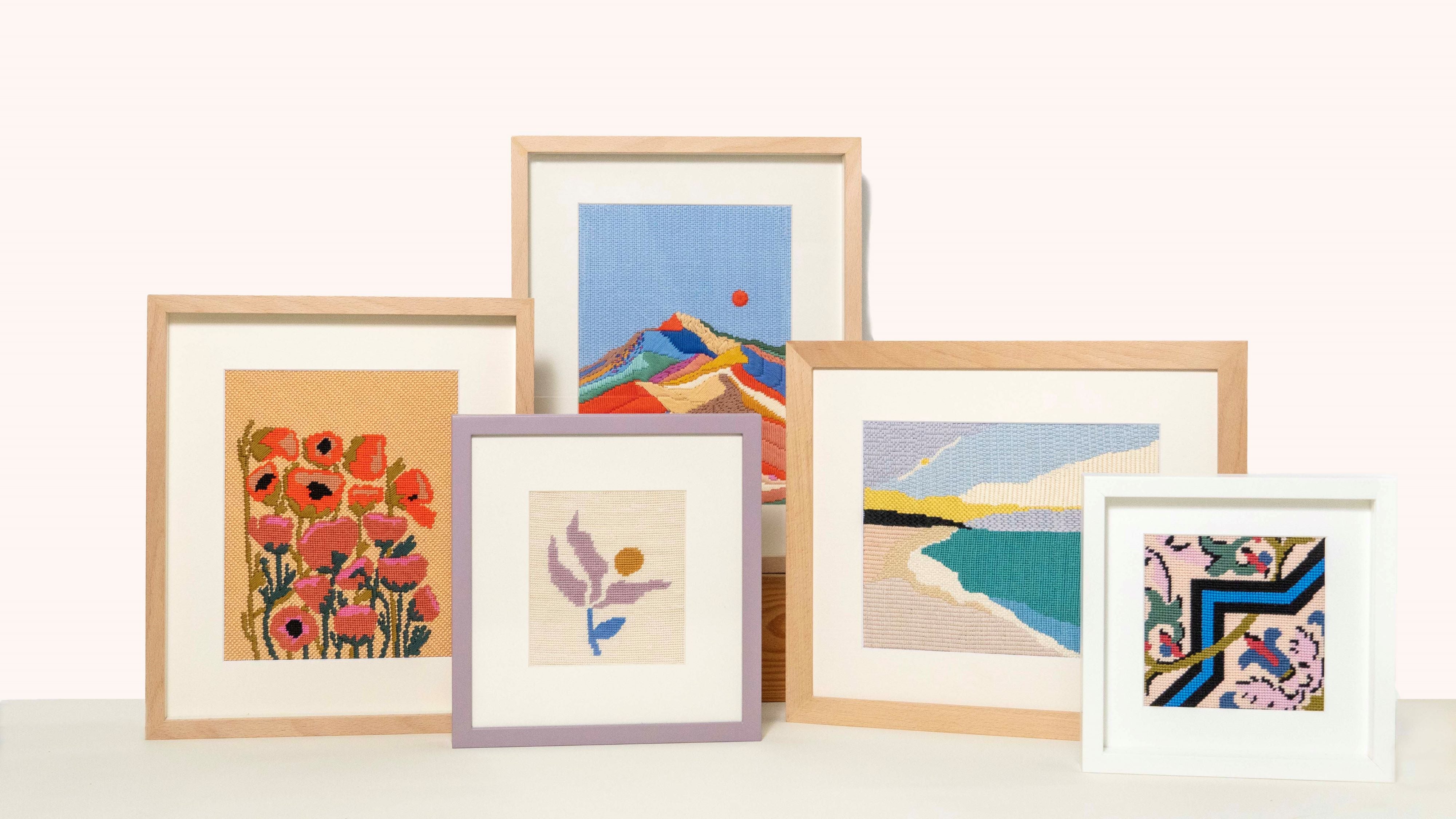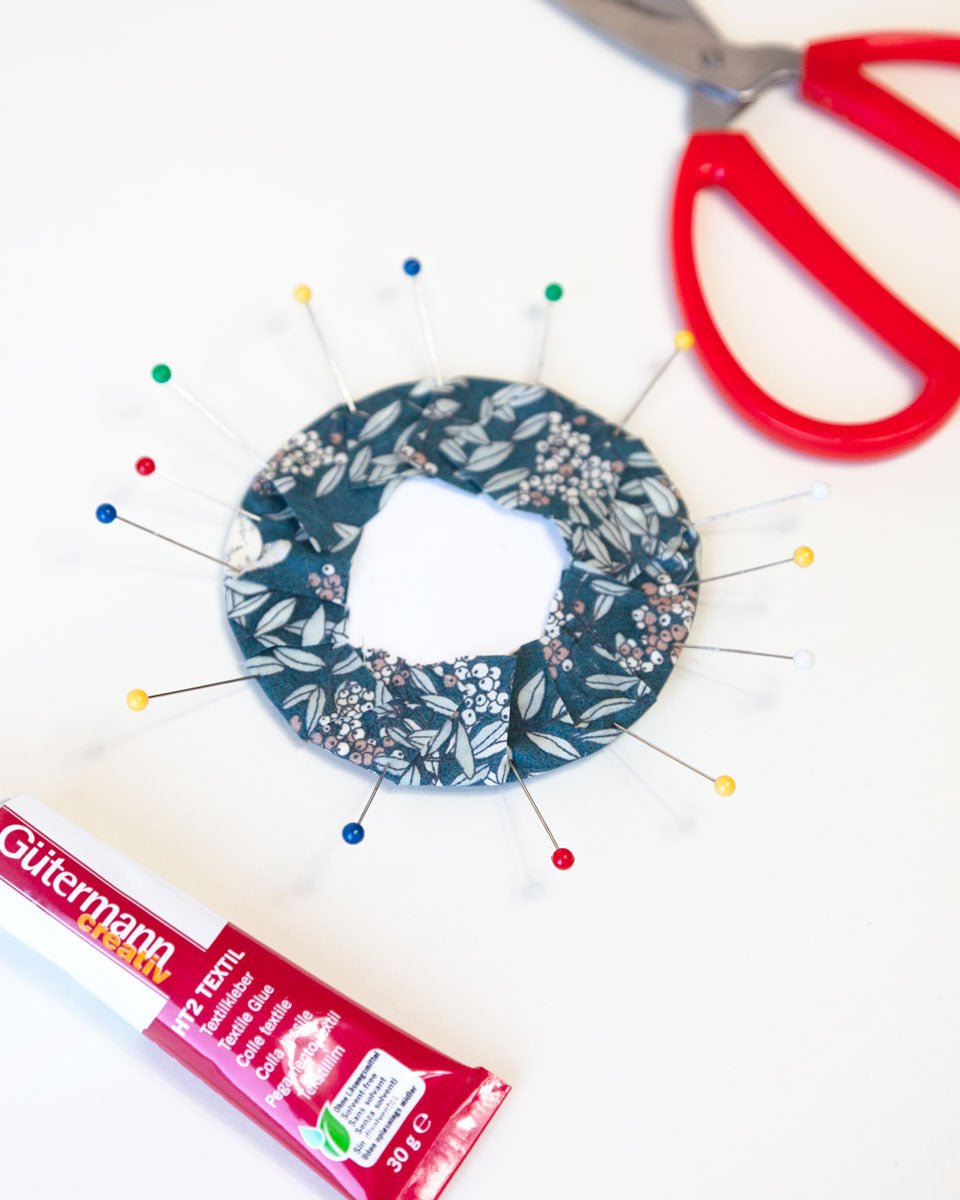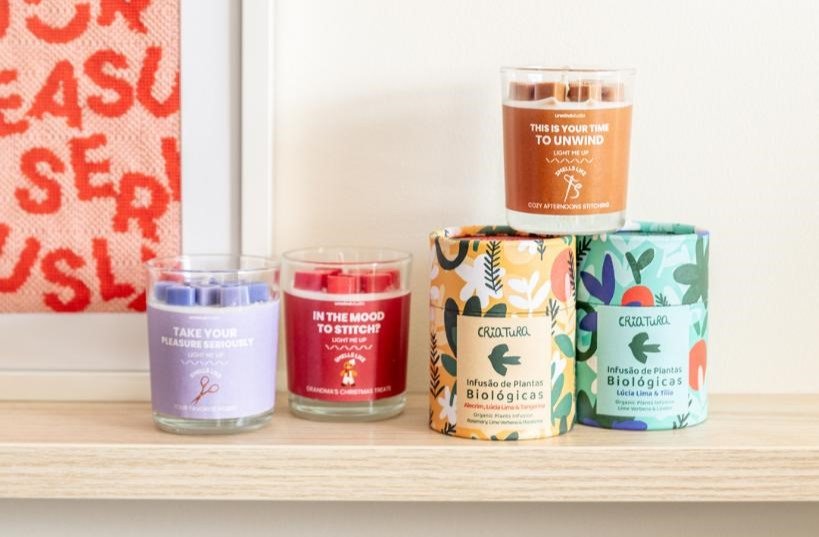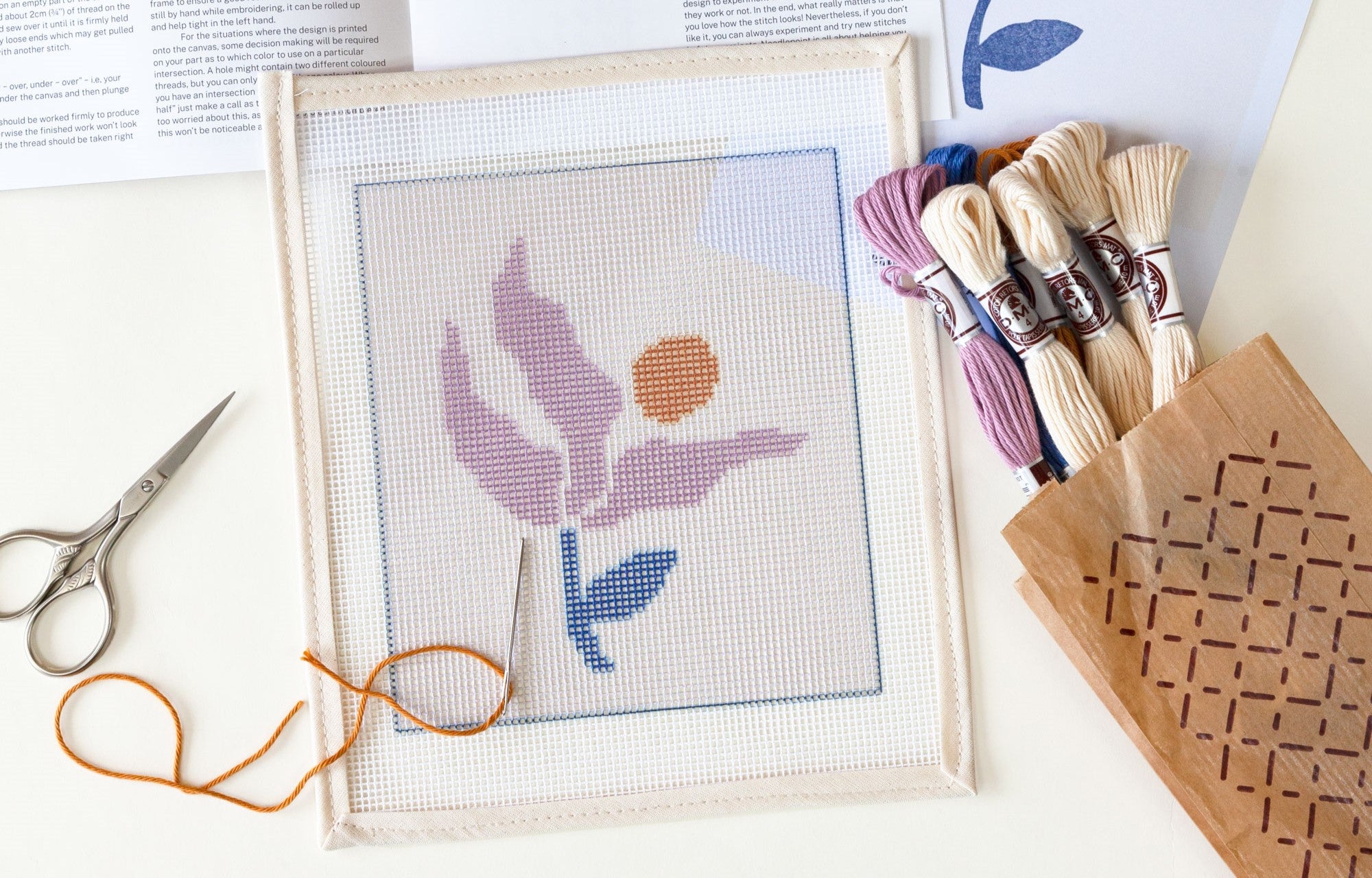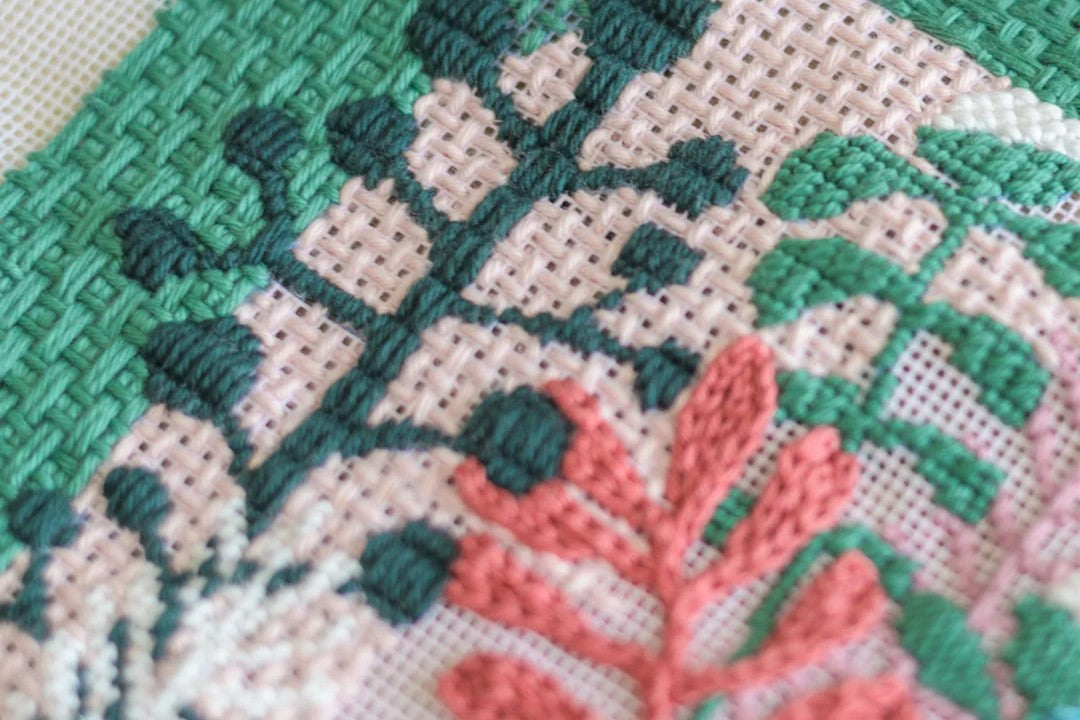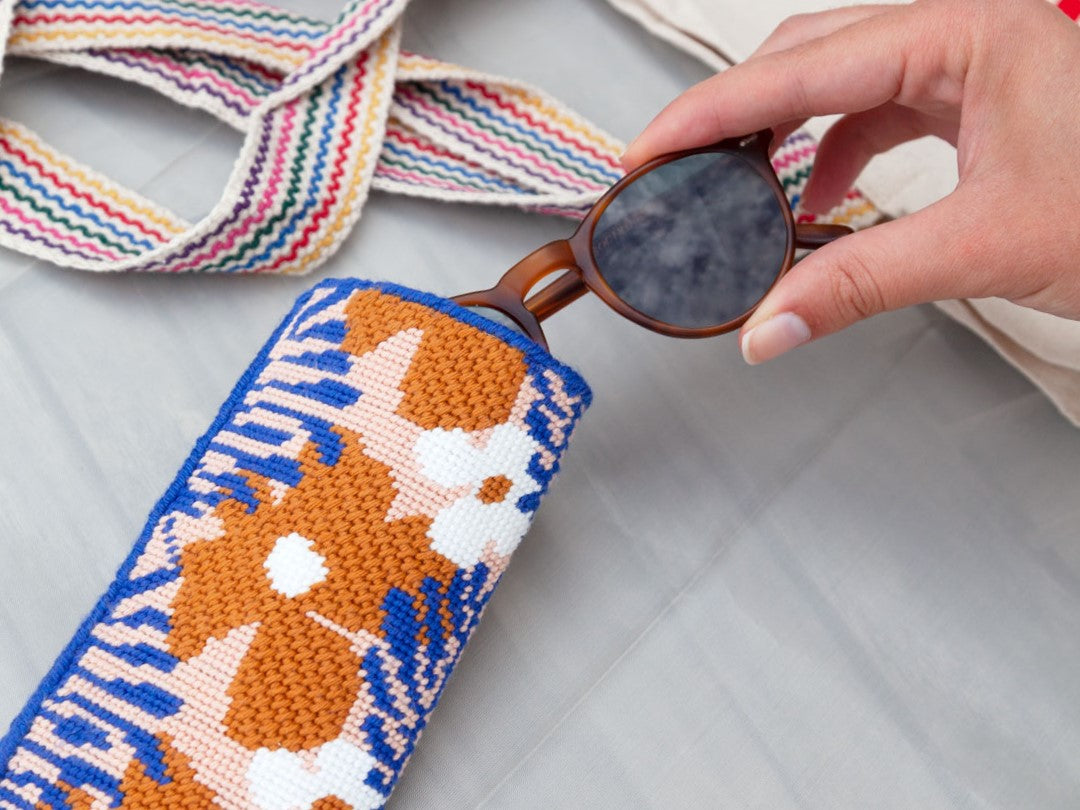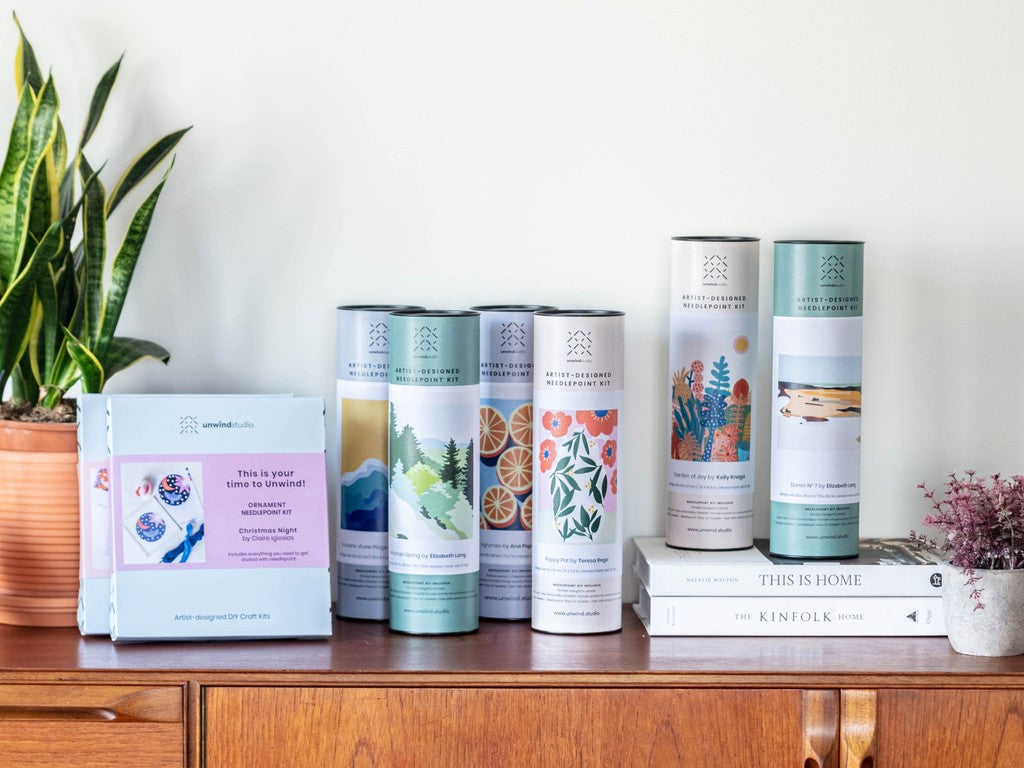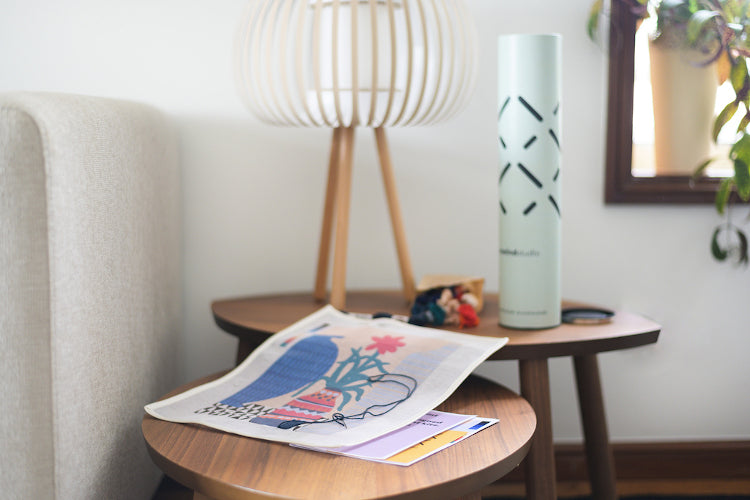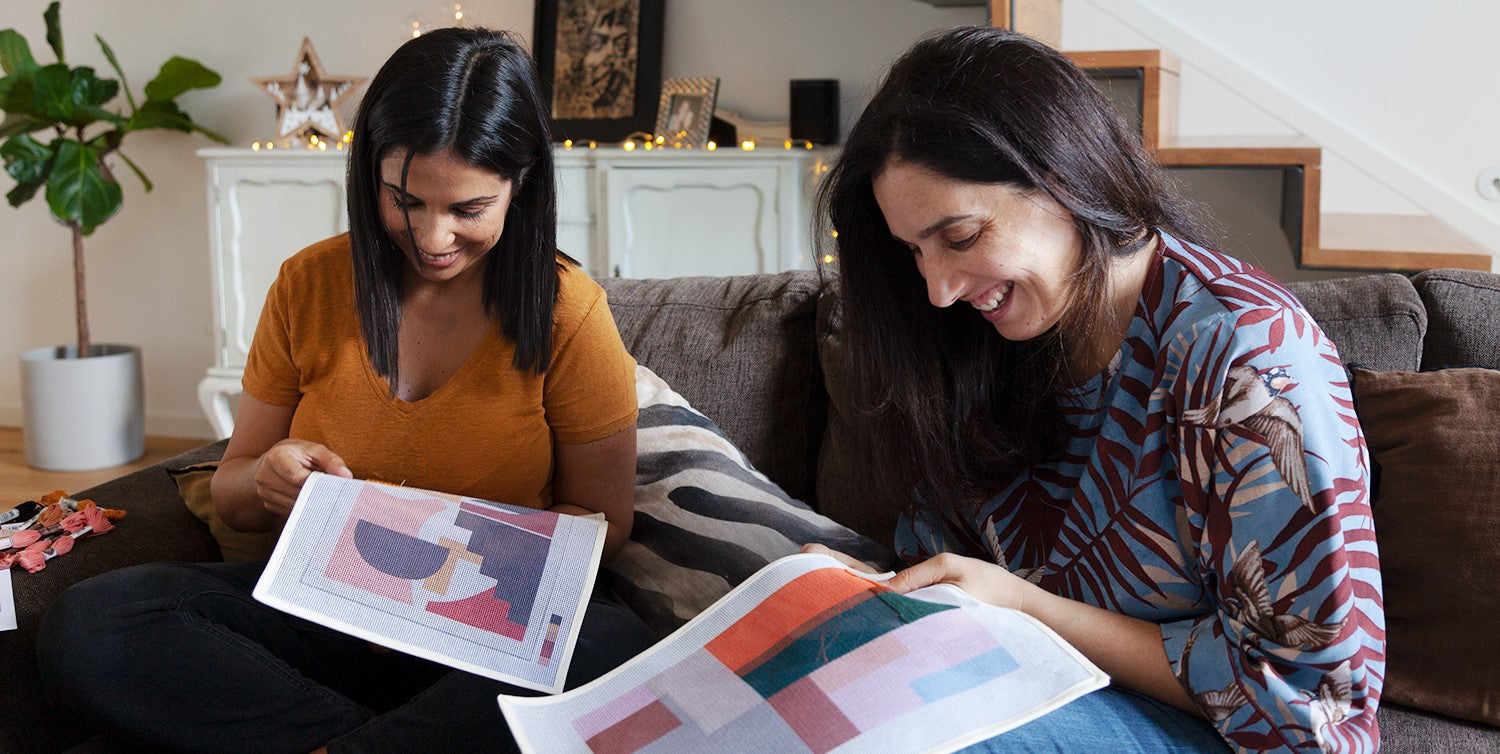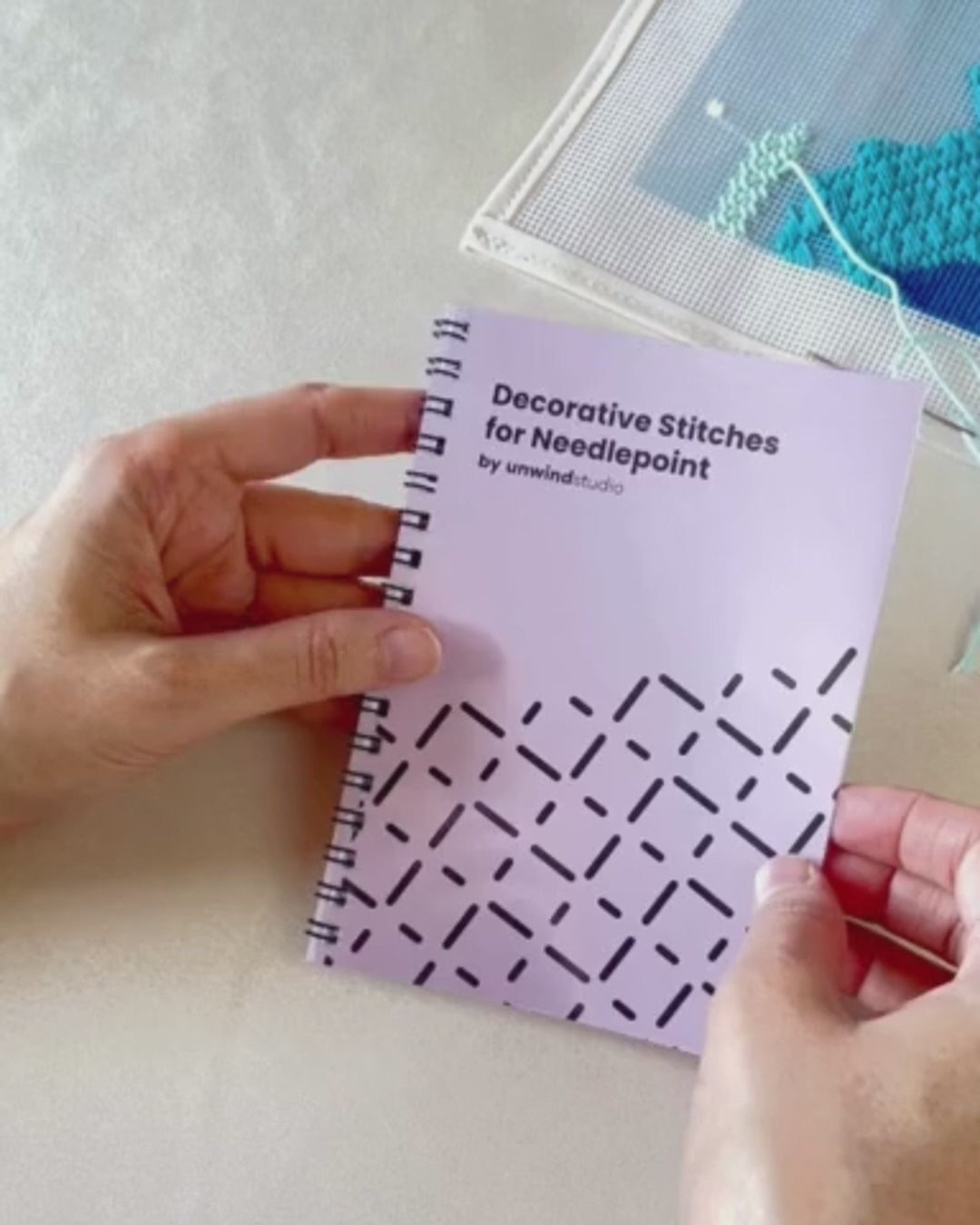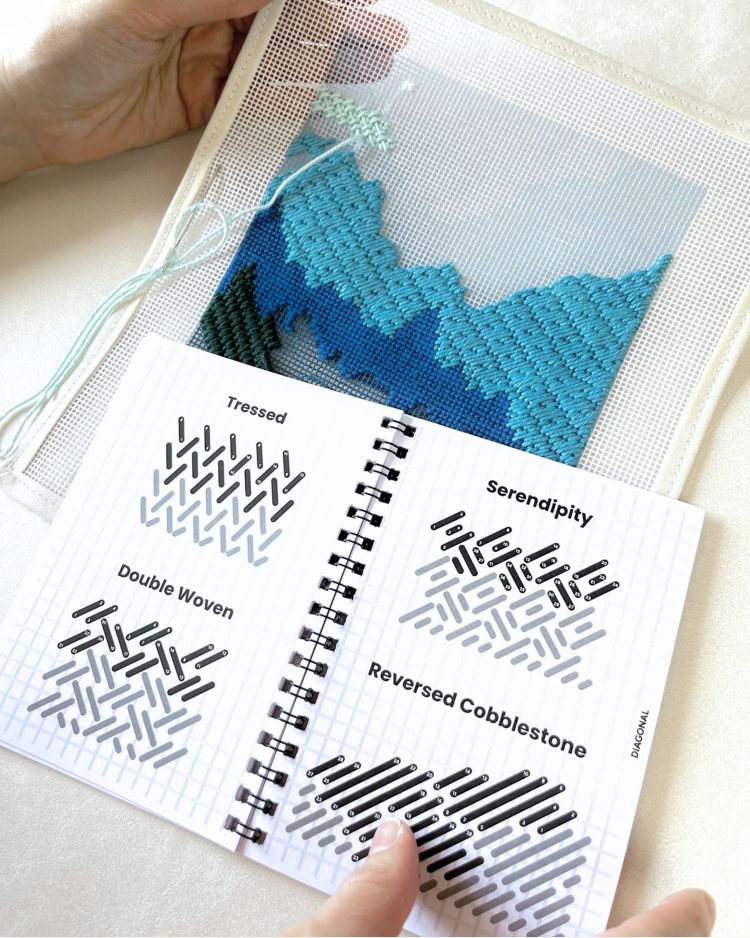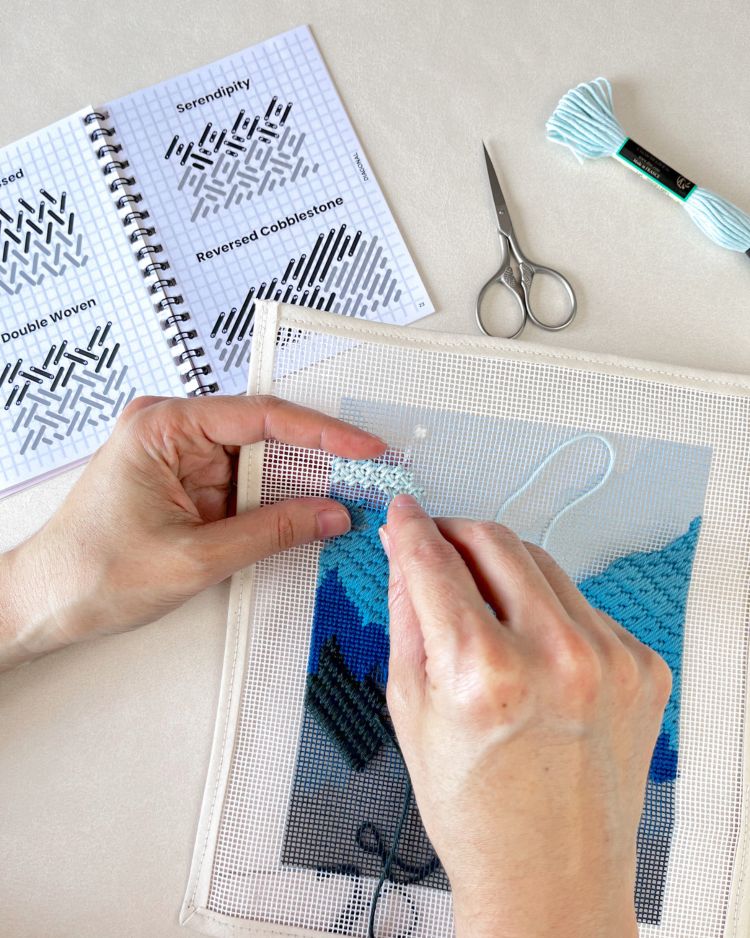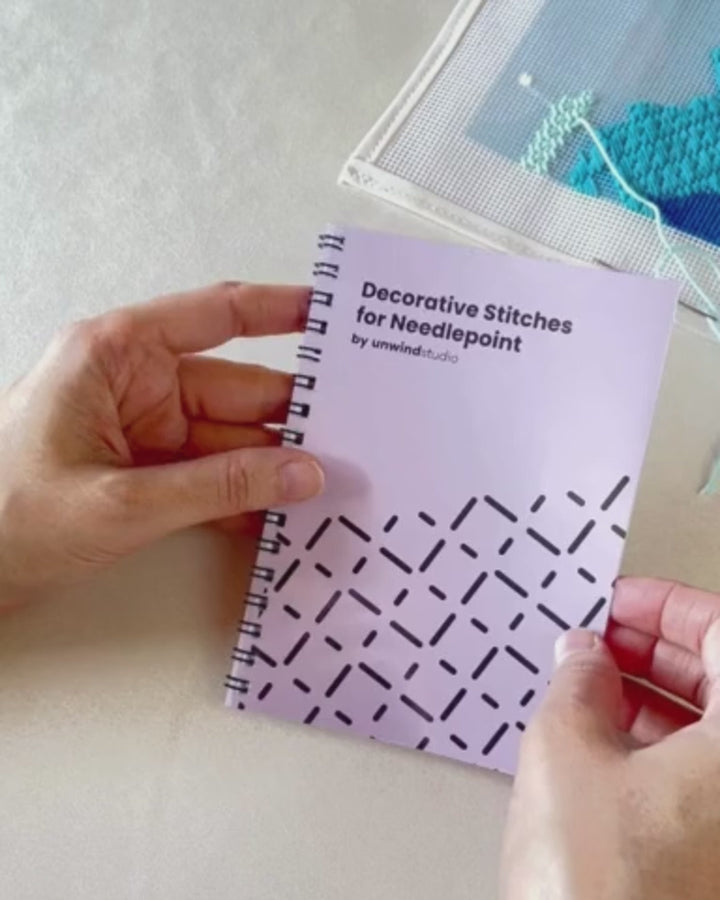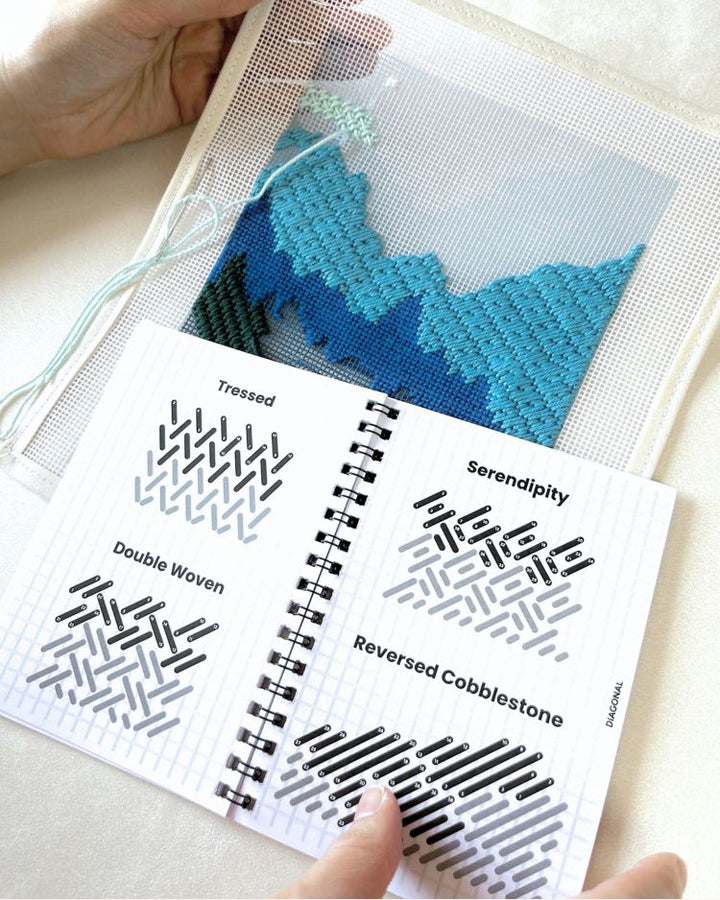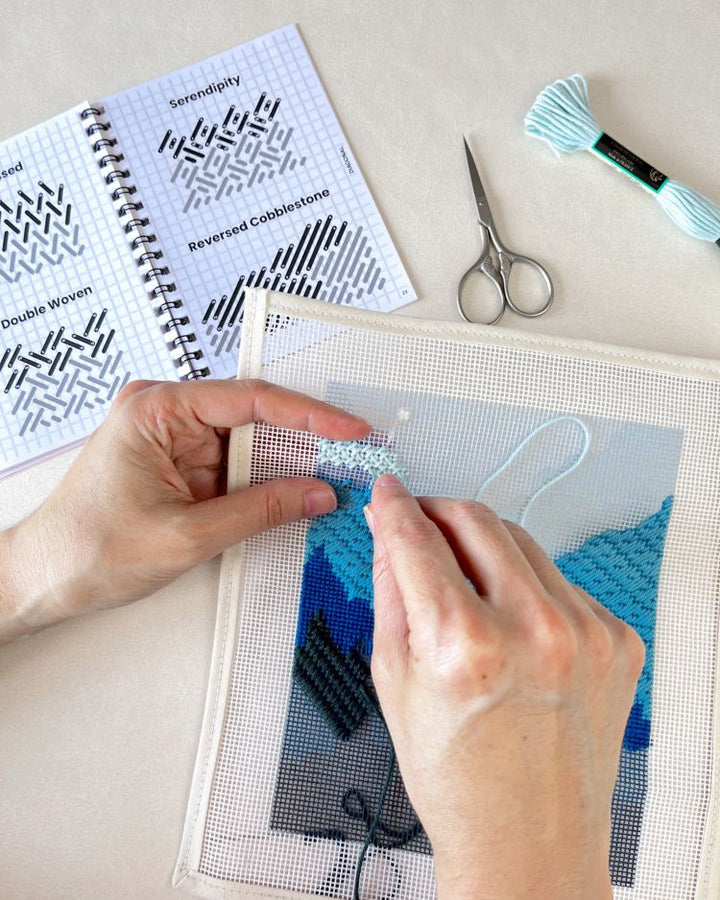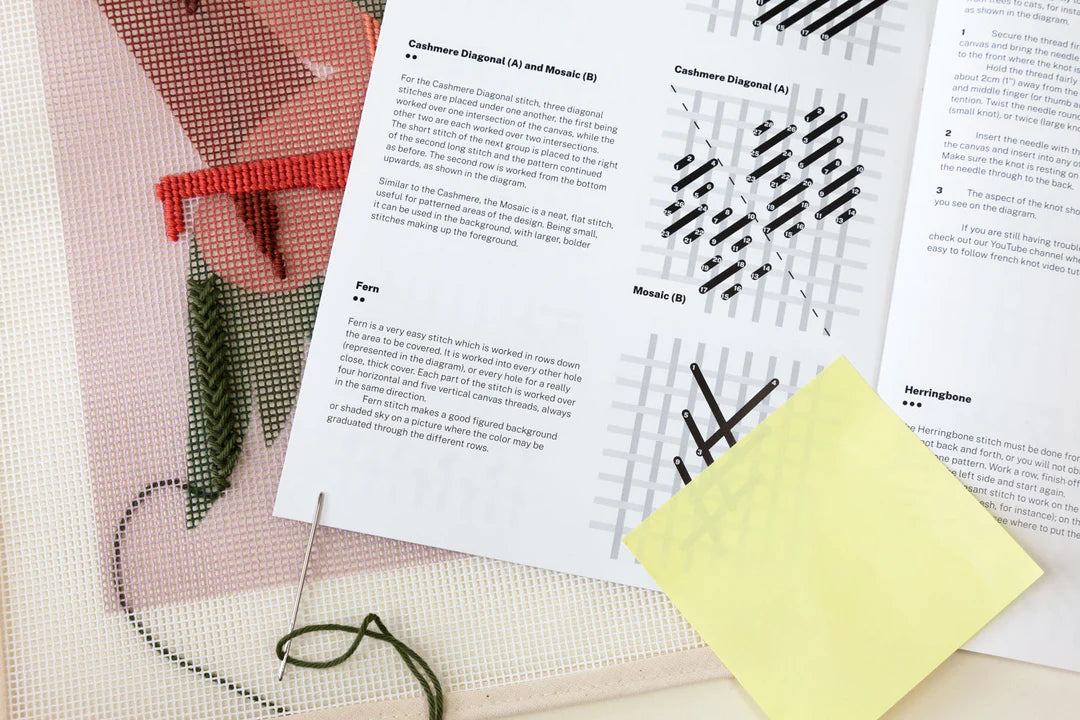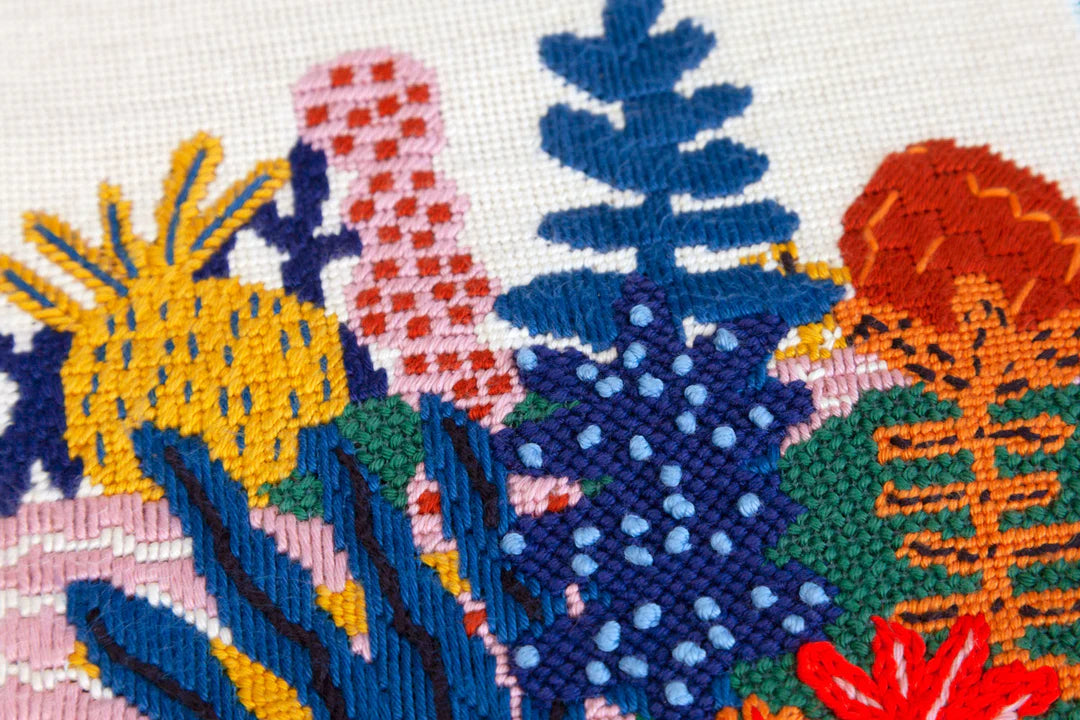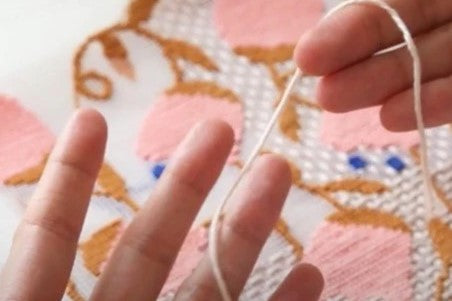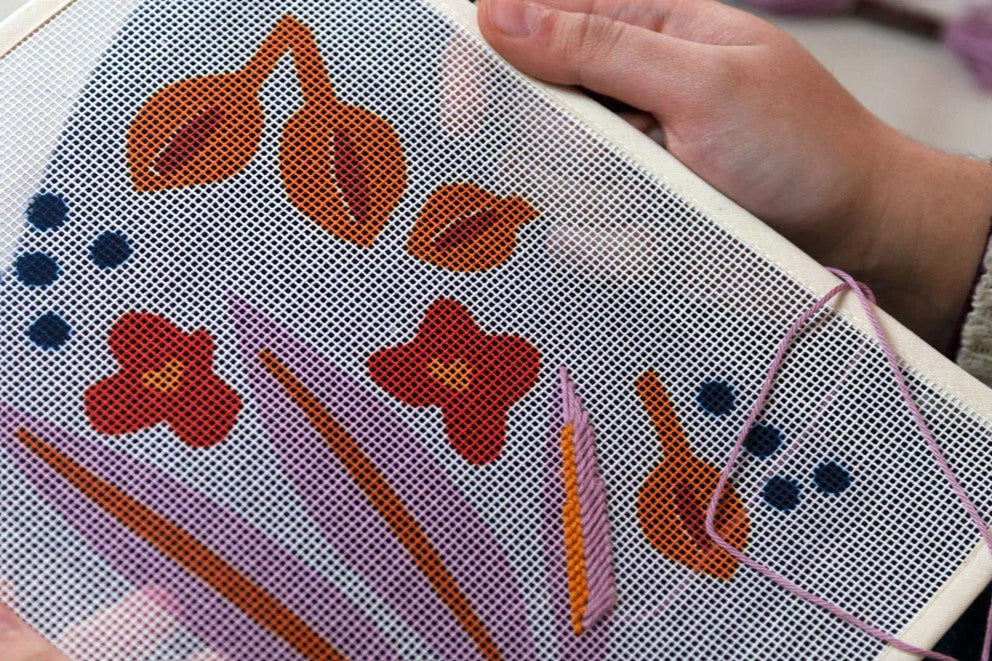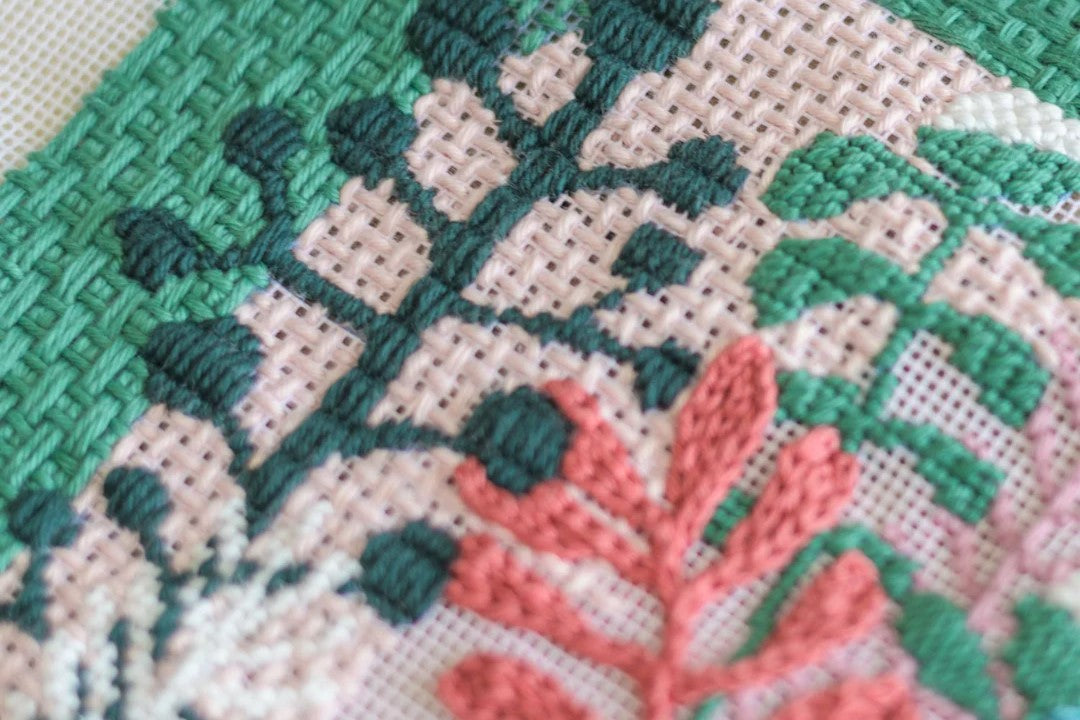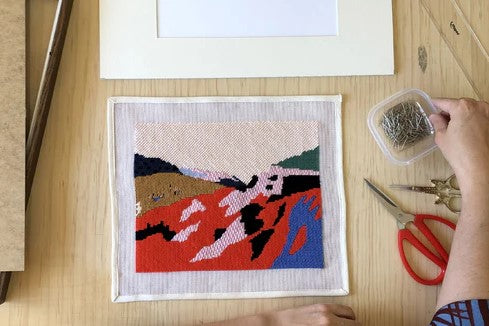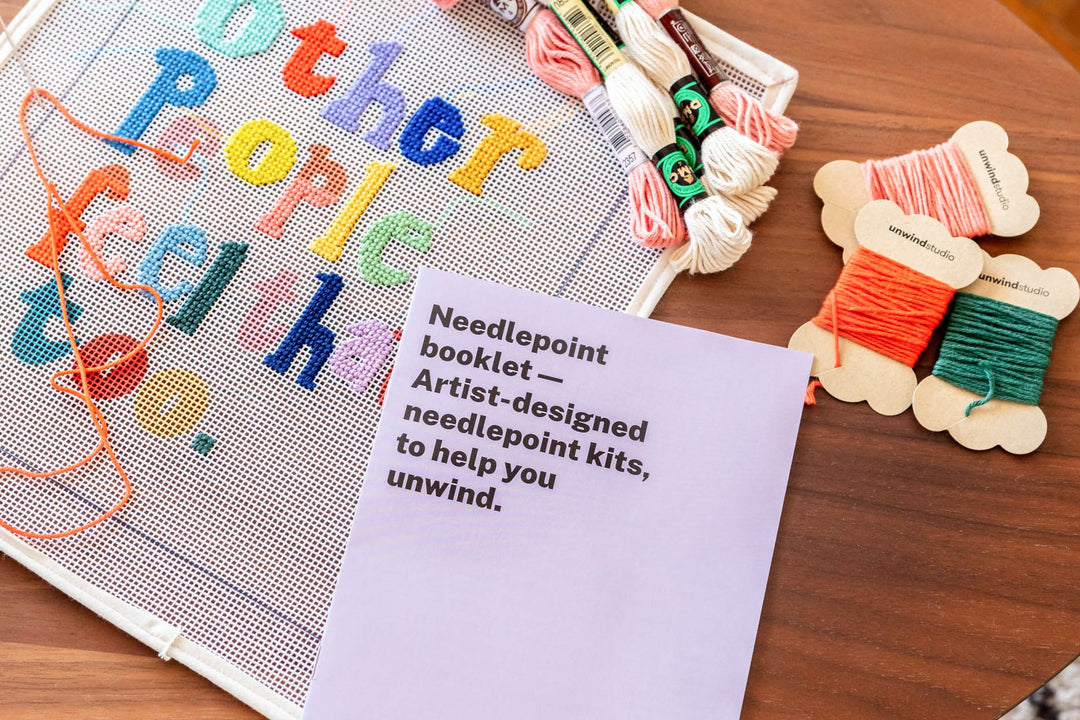Point long / Point satin
Le point long au point d'aiguille est un point d'aiguille simple et polyvalent, couramment utilisé pour remplir de grandes surfaces, créer de la douceur ou des motifs uniques dans un motif au point d'aiguille.
Cet article de blog fait partie d'un série de tutoriels consacrés au point long . Voici tout ce que vous devez savoir sur ce point de broderie étonnant :
- Comment coudre au point long ( vous êtes ici ! )
- Guide complet pour obtenir des textures et des motifs incroyables avec le point long
- Conseils et astuces pour un point long / point satin parfait
- Galerie de projets de travaux au point long (à venir)
- Pourquoi nous aimons le point long (à venir)
Détails des points
- Structure du point : plat , parallèle , Bargello , droit , diagonal
- Également connu sous le nom : point satin
La définition d'un point long est un point droit réalisé à n'importe quelle longueur dans une direction : que ce soit horizontalement, verticalement ou en diagonale. Ces points peuvent être facilement ajustés en taille pour s'adapter à n'importe quel espace, quelle que soit sa forme.
Cependant, plus le point est long, plus il devient vulnérable , donc pour les grandes zones ouvertes où la longueur du point sera supérieure à 20 trous de toile, il est généralement préférable de travailler plusieurs groupes de points.
Consultez l'article de blog complet de Long Stitch Tips & Tricks pour une clarification détaillée de cette règle empirique et de nombreuses autres informations, telles que :
- Longueur du fil
- Commencer et terminer un morceau de fil
- Tension de couture
- Comment adoucir les bords des différentes zones de couleur
- Couverture en toile
Diagramme de point long, tutoriel vidéo et instructions
Voir ci-dessous le diagramme du point long et les instructions de couture générales pour chaque direction différente : horizontale, verticale et diagonale .
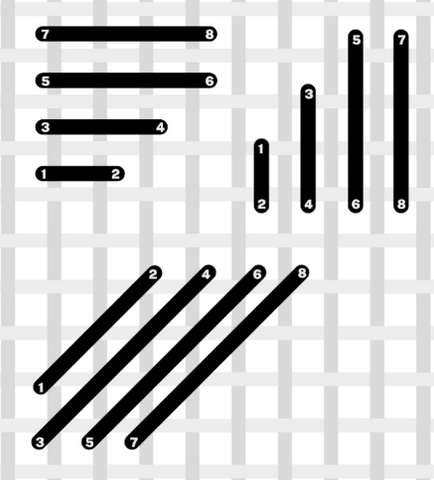
-
Point long horizontal : Travaillez de gauche à droite (ou de droite à gauche) sur la toile, en créant des rangées de points parallèles les uns aux autres.
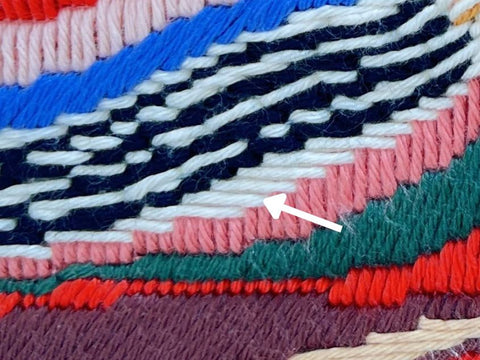
-
Point long vertical : Exécuté de haut en bas (ou vice versa), formant des colonnes verticales de points.
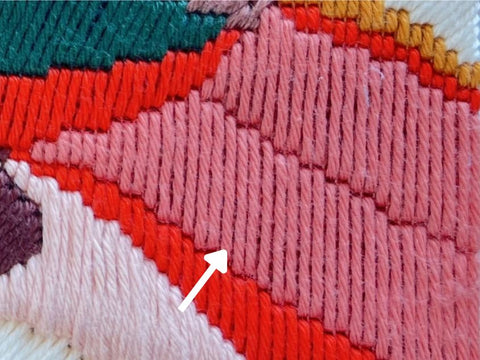
- Point long en diagonale : Les points sont inclinés en diagonale sur la toile, offrant une flexibilité dans la création de conception et de motif.
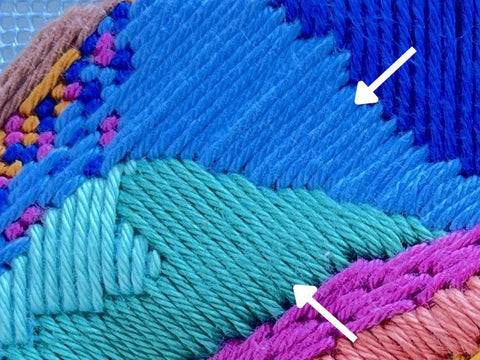
Tutoriel vidéo sur les points longs : vertical, horizontal et diagonal
Instructions détaillées sur l'utilisation du point long :
- Fixez votre fil au dos de la toile en faisant un petit nœud.
- Insérez l'aiguille de l'arrière de la toile vers l'avant au point de départ.
- Déterminez la longueur du point long. Déplacez l'aiguille sur la toile jusqu'à la longueur souhaitée et réinsérez-la dans la toile à l'extrémité opposée du point.
- Répétez le processus en créant de longs points sur toute la toile. Vous pouvez travailler rangée par rangée, colonne par colonne ou selon n'importe quel motif qui convient à votre conception.
- Fixez le fil à l'extrémité avec un autre nœud à l'arrière de la toile. De cette façon, vous serez sûr que le point est bien fixé à 100 %.



